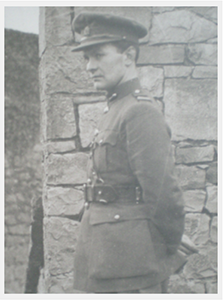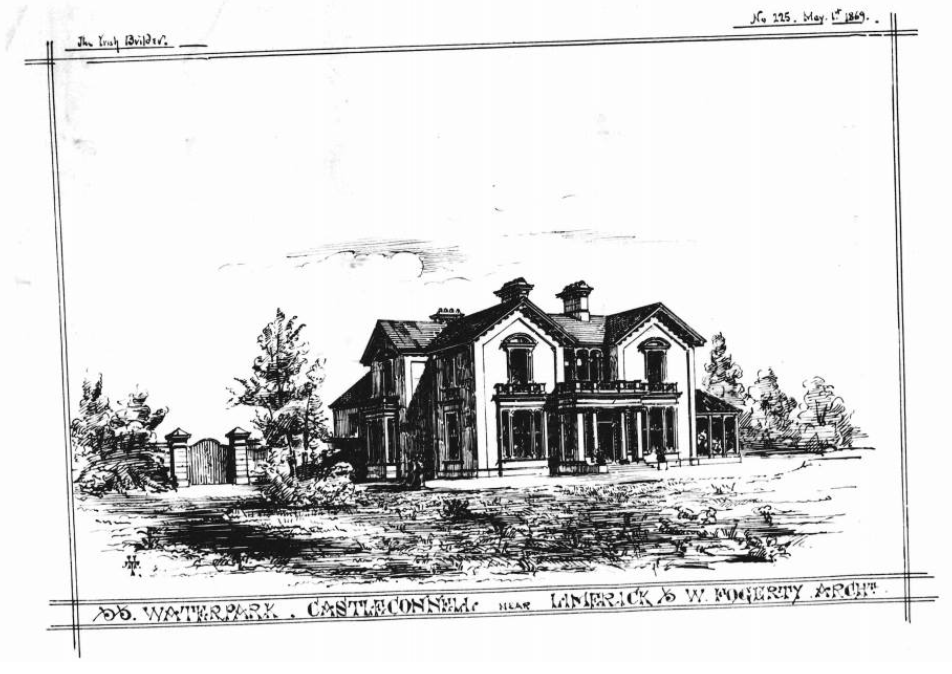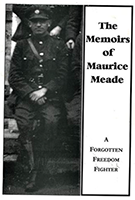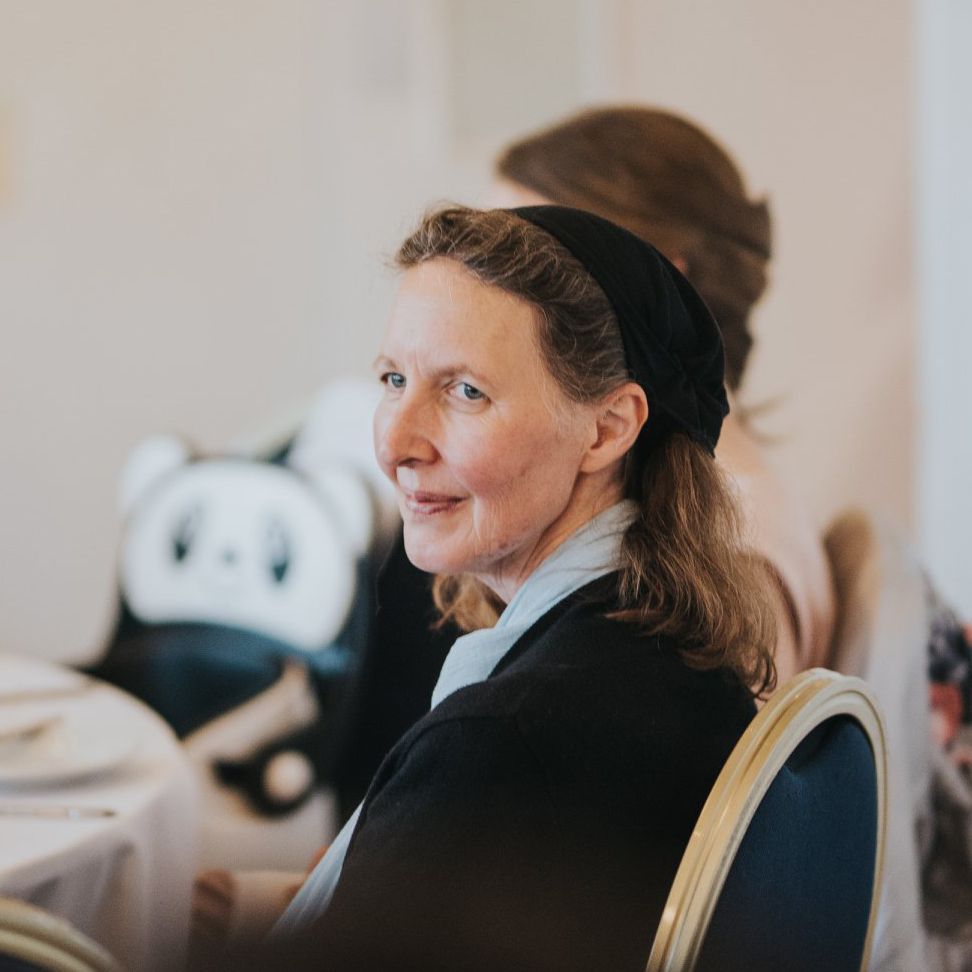14th July - No Letter
Secret diary: Wed Mod 200 * from Brennans 1 car. Pony trap. 6. Rifles. Soldiers ½ Nr halt. Windy gap. Koolcasey. 1E 277. Scouts & ponds Houses round Brennan searched.
Official diary: July 14th I proceeded partly by trap and partly by car to CASTLE CONNELL via WINDY GAP and stopped at WATERPARK HOUSE The owner of this house is very keen on racing and has probably owned horses I saw nothing of the family. The number of the car in which I travelled was I.E.277 (probably a Limerick number). On the way to this house troops were sighted about two miles ahead and consequently a detour was made. I stayed here until the 20th.
Location: Moved to Hartigans Waterpark House near Clonlara
'Waterpark house was owned by “Black Jack” Hartigan, so called to distinguish him from a fair-haired relative of the same name. The house had a white marble staircase leading to a ballroom upstairs.' The house was pulled down and the land divided after the War of Independence, by the Land Commission. (CASTLECONNELL. CO. LIMERICK A Walking Tour and Historical Notes by members past and present of the Castleconnell Guild Irish Countrywomen's Association 1987)
July 14th was quite an eventful day, hence no time to write to Poppy. Sean Carroll and Michael Brennan travelled with Lucas in the pony trap taking a 'circuitous route that led through garden Hill, Laught, Killeenagariffe and on to Abington where he was handed over to Dick O'Connell of the Caherconlish Battalion.’ (p168 The War of Independence in Limerick, Thomas Toomey)

There were obvious tensions with the mode of transport being changed and there being six rifles carried by his escort. They were obviously expecting trouble and were right to do so as their scouts detected troops ahead and evasive action was taken. CHTL had left Brennan's house just before the house was searched - once again the IRA had kept several steps ahead of the frustrated British search parties. Houses around Brennan's were searched but no trace of a missing general was found. CHTL doesn't mention this in his report, one can only surmise at the reason for this being that he didn't want to highlight the incompetence of those searching for him.
O'Connell had already decided on a secure location for holding the general. Doctor Corboy, the dispensing Doctor in the Caherconlish area, had gone on holidays to Kilkee. O'Connell had free use of the house and the general was lodged there for a number of days. The owner of Waterpark House intrigued CHTL, who took in all the racing memorabilia around the house and, with a keen eye for the horses himself, was probably disappointed that he didn't get to meet his absent host. They could have discussed the finer points of Man O War's recent triumph.
This was one of the longest stays CHTL had in any home; he left here on the 20th. A racing horse's owner would live in a very comfortable home and CHTL enjoyed a little luxury. Waterpark house was described in the ‘Irish Builder’ in 1869, just after it had been built, the description gives an inkling of what CHTL encountered, 50 years later:
The new house consists of a hall 14 foot wide and extending the height of two storeys, with handsomely panelled walls, and coffered ceilings; staircase to correspond, separated by a handsome arcade; two drawing-rooms, each about 20' x 18', connected by folding doors; library, 20' x 16'; dining room, 24' x 18', and a complete set of bedrooms, dressing rooms, etc. There was a neat conservatory off the drawing room. The exterior is finished partly in stone and partly in cement. The chimneypieces and internal decorations of colour and gilding having being executed under the direction of the artist architect by Messrs. Sibthorpe of Corkhill. The internal doors are of Riga oak, also the margins of floors. This site contains delightful views of the Shannon and rapids of Doonass.
The Irish Builder, 1869
There would have been facilities for outside pursuits, maybe a tennis court and large gardens. CHTL would have been in his element!

There is a J.T. Hartigan mentioned in The General Stud Book containing pedigrees of horses, 1905, so CHTL wasn’t far wrong on his surmising that the owner had been involved in horse racing, although it was Hartigan’s brother who was involved in the sport.
It was in Limerick that the IRA began to ease up on their rigid security:
The conditions of his captivity in County Limerick were immeasurably easier than in Kerry. Whenever he entered a new house he found everything prepared for his reception. The day guard remained on duty until relieved late at night, and after the guard had been withdrawn from his bedroom he was not disturbed until ten o’clock in the morning. Towards night he was sometimes allowed to take exercise, and to go on fishing excursions.’
Auckland Star, Volume LI, Issue 184, 3 August 1920, Page 5
Not every IRA soldier was happy about this British General getting a generous ration of whiskey.
The following was posted by the Capuchin Archives, Ireland:
An extract from a letter from Fr. Patrick Boland (1904-1997), an Irish Franciscan friar, recalling his activities in the Irish Volunteers during the War of Independence. Reference is made to Cuthbert Lucas (1879-1958), a British General who was captured by the IRA in June 1920 whilst fishing on the River Blackwater near Fermoy and subsequently held in West Limerick and East Clare. Boland describes how Lucas was well treated by his captors and eventually struck up an unlikely rapport with them. Lucas even received an officer’s prisoner-of-war allowance of a bottle of whiskey a day which he shared with his IRA captors… [The Lucas] family papers corroborate the details in Boland’s letter which was written fifty years later (May 1970) and was addressed to Fr. Henry Anglin OFM Cap., the editor of ‘The Capuchin Annual’. Boland later joined the Third Order Franciscan Friars and was sent as a missionary to Bhagalpur in India in the 1940s. He died on 10 December 1997 and was buried in the Franciscan Cemetery at Saint Francis University in Pennsylvania in the United States.
The letter extract reads:
‘When General Lucas was captured, he was treated first rate, got the best of food and drinks. One incident came to my mind when I saw his Picture. A bottle of whiskey was being sent to the General and had to pass through the hands of an ex-British soldier who was now in the Flying Column and was [a] tough fighter. He liked his drink when he could get it. When he was told the bottle was for General Lucas he said “What! For that - - - - - and me having my tongue out for a drink for two weeks”. The General lost out’.
Courtesy of the Irish Capuchin Archives.
Tom Toomey (local historian and author of The War of Independence in Limerick 1912 to 1921) knew “who the thirsty IRA man was”:
“He was an extraordinary character named Maurice Meade and he came from Elton in East Limerick. In 1911 he was employed by Reales of Coolalough near Hospital as a farmhand and he would go to the creamery with a donkey and cart each day. He tired of life as a farmhand and ran away and joined the British Army. He was a soldier with three years experience when war broke out in 1914. In 1915 he was captured at Le Bassee and put into a POW camp in Germany. When Roger Casement and Robert Monteith were trying to recruit soldiers for an expeditionary force to come to Ireland in 1916 he was one of only 58 men who volunteered. As this number was not viable the 58 men were given the option of going back into the POW camp and taking their punishment or joining the German Army.
The bold Maurice joined the German army and fought in the middle east. After the war he came back to Germany where he was eventually arrested by British Military Police. He was then brought back to London and eventually released. When he came back to Ireland he was arrested and taken down to Clonmel by his old British Army unit the Royal Irish Regiment who wanted to charge him with desertion. He escaped out of Clonmel but he now had no choice but to join the IRA.
It seems he was a great recruit for the IRA as he was a crackshot and he could also handle any weapon. He was absolutely ruthless and fearless and it is reckoned he killed 7 of the 11 RIC and Black and Tans at the Dromkeen Ambush. Certainly he executed the two who were captured and executed at the end.
During the Civil War he was actually an officer in the Free-State army but he was eventually discharged because of his fondness for the whiskey bottle. In later life he married a widow and returned to working as a farm labourer only he had graduated to taking the milk to the creamery in a horse and cart as distinct from an ass and cart. He died in 1971 and he is buried in Emly graveyard.
Imagine he fought in four armies, the British Army, the German Army, the IRA and the Free State Army and he died in his bed as an old man.”

See also: http://www.irishbrigade.eu/recruits/meade.html
Life was not too bad, considering that CHTL was a hostage held against his will, by ‘ruthless' men. He was very fortunate that the nearest Maurice Meade got to him was to his bottle of whiskey!

